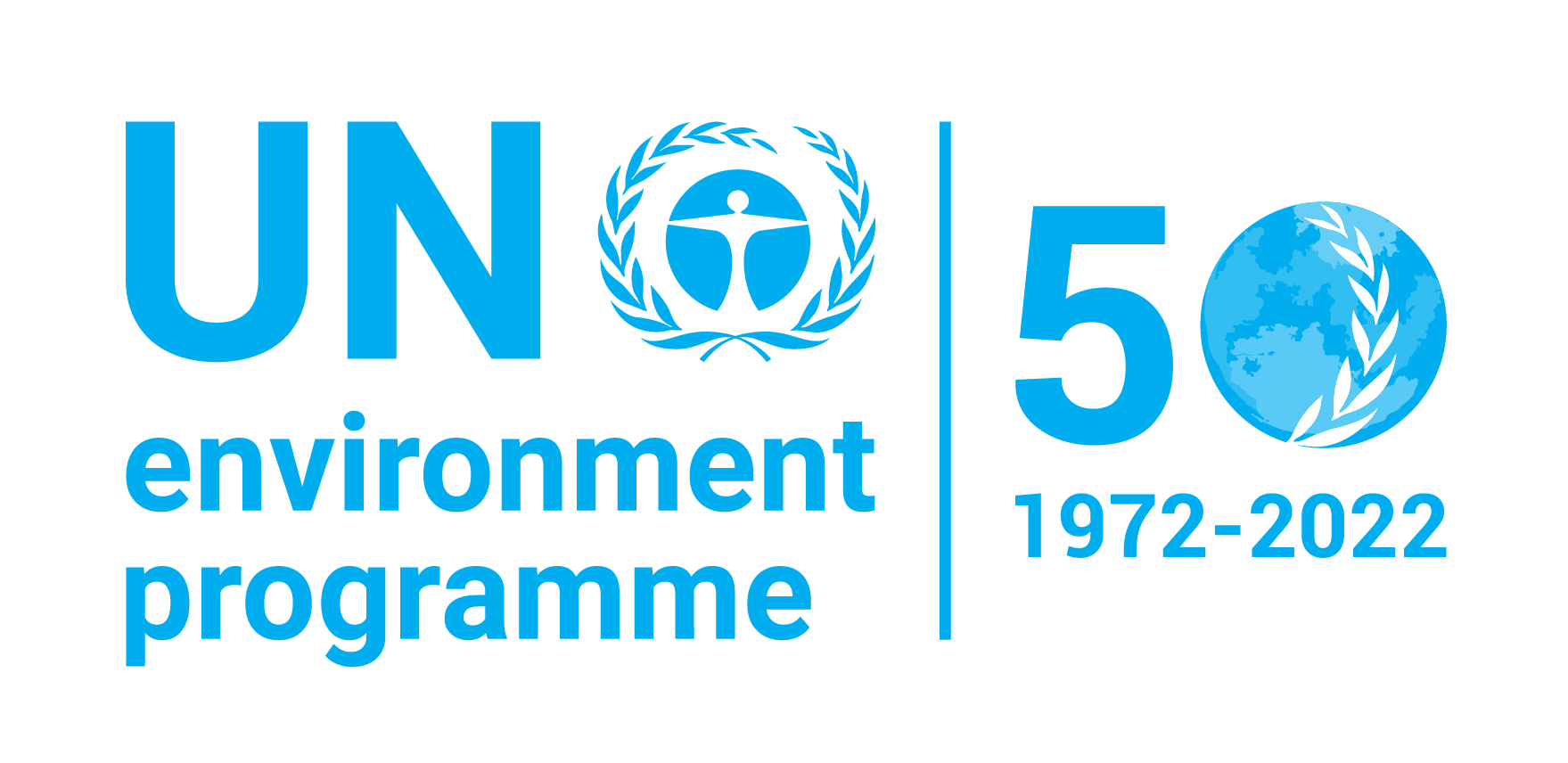GREEN STARTUP TOOLKIT
Sustainability Trend
Defined in 1987 by the UN as “meeting the needs of the present without compromising the ability of future generations to meet their own needs,” Sustainability has gained great momentum, especially since the adoption of the Paris Climate Agreement and the UN’s Sustainable Development Goals (SGDs) in 2015. Remarkably, 631 institutional investors managing US$37 trillion are the strong supporters that made these adoptions possible. These adoptions stress the critical needs to pursue sustainable development with the green growth direction. Subsequently, the international community has decided to embrace a global sustainability transition involving the responsible consumption of energy and natural resources, the effective conservation of natural habitats, and an increasing socioeconomic as well as sociocultural participation of populations of all walks of life. The narrative of green growth, interlinking the awareness of environmental and economic needs, plays a major role in the debate of potential pathways towards the effective implementations of such a global sustainable transformation process. Green growth is expected to improve living conditions on the one hand, and to contribute to solving environmental and climate related issues on the other hand, both on a global perspective.
One of the cornerstones of the narrative of green growth is the concept of a market economy, in which producers and consumers are key drivers for making production and consumption more sustainable. For producers of goods and services inclined to embrace this transition and their responsibilities in contributing to it, the existence and development of suitable business opportunities is of great significance. Even if policy can support the evolvement of such business opportunities by different instruments and the generation of enabling environments, the implementation of concrete business models and the success of the transformation will be determined to a large extent by the degree of creativity and risk taking of investors and entrepreneurs with a sustainability mindset. Business models that aim at green growth are referred to as green business models (GBMs). The analysis of enabling environments addresses the question of how new business models, that arise frequently in competition to existing business models, can survive and penetrate the market. The success of green business models depends mostly on the increased green awareness of the consumers, startup founders, companies, as well as government regulation. Therefore, it is increasingly important to understand the development of the future markets from the green business operations towards the green products and services. As sustainability needs to follow the five dimensions for ensuring long-term success, startups and entrepreneurs need to operate and develop their businesses around these dimensions.
The Need for Green Startup Toolkit
Entrepreneurs usually spend months or even years working toward sustainability by pursuing green growth practices but their sustainability knowledge is sometimes limited. The Green Startup Toolkit is designed to help entrepreneurs through the stages of development that can align their businesses with the green growth and sustainability. Such alignment could create more financial opportunities and stability driven by the SDGs markets. Therefore, it is important that entrepreneurs be able to deliver their business outcomes strictly in line with the green growth practices before seeking out later stage resources to sustain or scale up their businesses. The Green Startup Toolkit can be used as guidelines or checklist for daily business operations as well as business development of the green startups.
There is a growing number of consumers in the marketplace, who express positive attitudes towards green products, corporate socially responsible practice and the concept of sustainability in general. However, these attitudes do not always translate into an actual green consumption behavior. This phenomenon, also known as “the attitude-behavior gap”, draws the attention of a large number of researchers, who have pointed out that the investigation into the leading characteristics of green consumers (a segment that largely expresses a pro-environmental behavior) is necessary in order to understand the drivers of green behavior and establish the framework within which green consumers regularly operate. Addressing green consumer behavior also allows companies to create a proper marketing approach and fulfill consumers’ green needs and desires, support the broadening of the base of the green market segment and the creation of durable patterns of sustainable consumption, which a bright future requires. Thus, the aim of this toolkit is to administrate the profile of green consumers, based on a review of the available marketing literature and various globally conducted studies.
Download Toolkit
